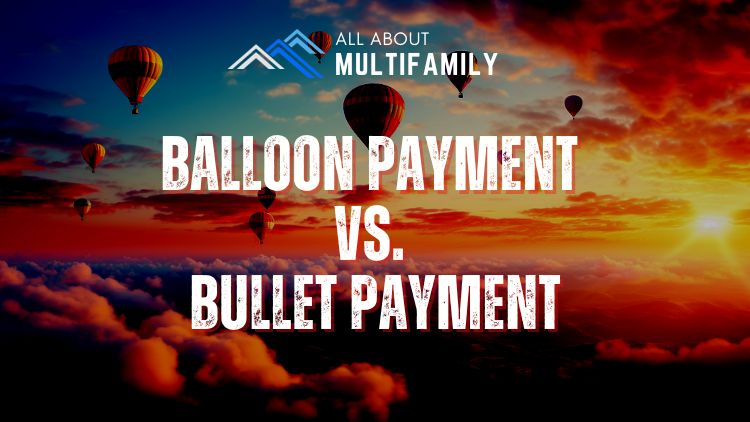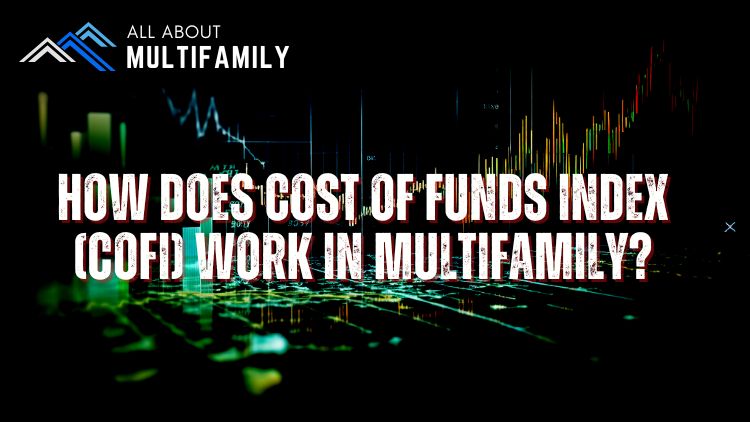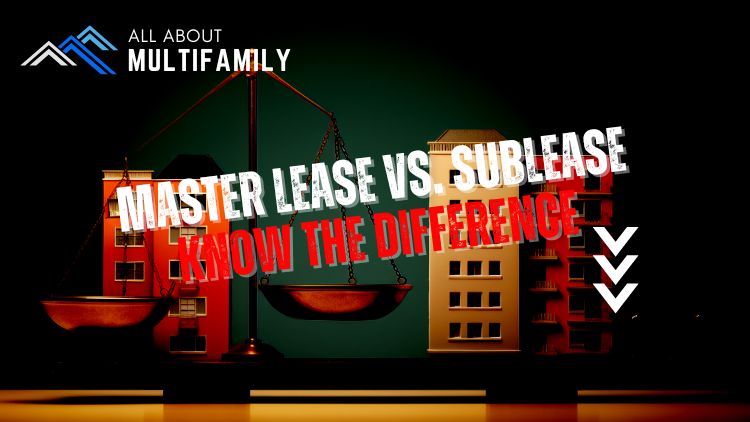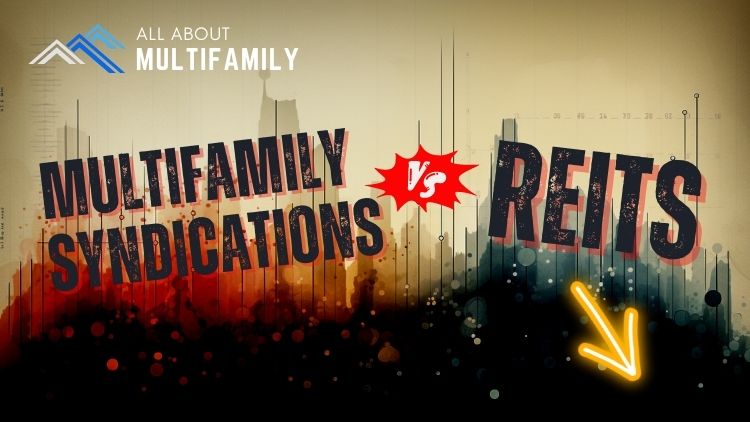When it comes to financing, terms like “balloon payment” and “bullet payment” may sound similar, but they represent distinct concepts in the world of loans and investments. Both involve making a lump-sum payment, but they are applied in different contexts and serve different purposes. In this article, we’ll explore the differences between balloon payments and bullet payments, provide examples, and present a comparative table to highlight their contrasting characteristics.
Balloon Payment:
A balloon payment is a large, one-time payment made at the end of a loan term. It is often used in amortizing loans with relatively small periodic payments, such as mortgages or car loans. The balloon payment is substantially larger than the regular installments and is designed to pay off the remaining principal balance of the loan.
Example of Balloon Payment:
Imagine you take out a 30-year mortgage loan of $250,000 with a fixed interest rate. Your monthly mortgage payments are relatively low, but after 30 years, you’ll be required to make a balloon payment to cover the remaining balance, which might be, for instance, $200,000.
Bullet Payment:
A bullet payment, on the other hand, is a lump-sum payment typically made at the end of an investment or financial arrangement. It is not associated with loans but rather with investments, bonds, or other financial instruments. Bullet payments represent the return of principal or the maturity value of an investment.
Example of Bullet Payment:
Suppose you invest $10,000 in a 5-year bond that pays an annual coupon of $500. At the end of the 5-year term, you will receive a bullet payment of $10,000, which is the bond’s face value or principal amount.
Comparative Table:
Here’s a comparative table to illustrate the key differences between balloon payments and bullet payments:
| Aspect | Balloon Payment | Bullet Payment |
|---|---|---|
| Application | Loans, often in amortizing scenarios. | Investments, bonds, financial instruments. |
| Timing | Typically occurs at the end of a loan term. | Typically occurs at the end of an investment’s maturity. |
| Purpose | To pay off the remaining loan balance. | To return principal or maturity value to investors. |
| Example | Mortgage with a large final payment. | Bond with a lump-sum maturity payment. |
| Common Use Cases | Mortgages, auto loans, some business loans. | Bonds, certificates of deposit, some investments. |
| Payment Amount | Larger than regular periodic payments. | Usually, the entire principal amount. |
In summary, balloon payments and bullet payments both involve making significant lump-sum payments, but their applications, timing, and purposes differ. Balloon payments are associated with loans, where they serve to pay off the remaining balance at the end of a term, while bullet payments are associated with investments and represent the return of principal or maturity value. Understanding these distinctions is essential for borrowers and investors to make informed financial decisions.














































![An In-Depth Look at Jake and Gino's Coaching Program [A Review]](https://allaboutmultifamilyinvesting.com/wp-content/uploads/2023/10/AAM-BMP-Blog-Covers-750-×-422px-6.jpg)


![Email Marketing Tips for Multifamily Real Estate Syndicators to Raise Capital [Templates included]](https://allaboutmultifamilyinvesting.com/wp-content/uploads/2023/09/AAM-BMP-Blog-Covers-750-×-422px-4.jpg)





![The Richest Kids In America [Book Review]](https://allaboutmultifamilyinvesting.com/wp-content/uploads/2023/09/AAM-BMP-Blog-Covers-750-×-422px-84.jpg)
















